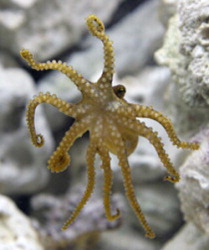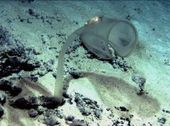Politicians can't talk enough of carbon taxes and credits and cleaner technologies, but are they just fiddling while Rome freezes?
If the climate were a sentient adversary with a will, he might be laughing right now. Because while mankind is doing a Chicken Little worrying about anthropogenic global warming (AGW), nature just might be preparing an attack we least expect: another ice age.
For sure, many Americans feel like we're already in one. While last winter's
frigid temperatures - with record cold in many parts of the world (South America experienced its coldest winter in 90 years) - might seem a tough act to follow, Old Man Winter has risen to the occasion. Parts of Alaska have
experienced temperatures reaching 78 degrees below zero, North Dakota had
record December snow, a Minnesota sled-dog race was actually
canceled due to heavy snow, and Ohio ski resorts have called a recent winter storm "a stimulus package for their industry." Yet, critics may point out that this is anecdotal evidence and thus not scientifically significant. This would be true, only, in this case the science happens to coincide with the anecdotes. As Gregory F. Fegel at Pravda.ru tells us:

